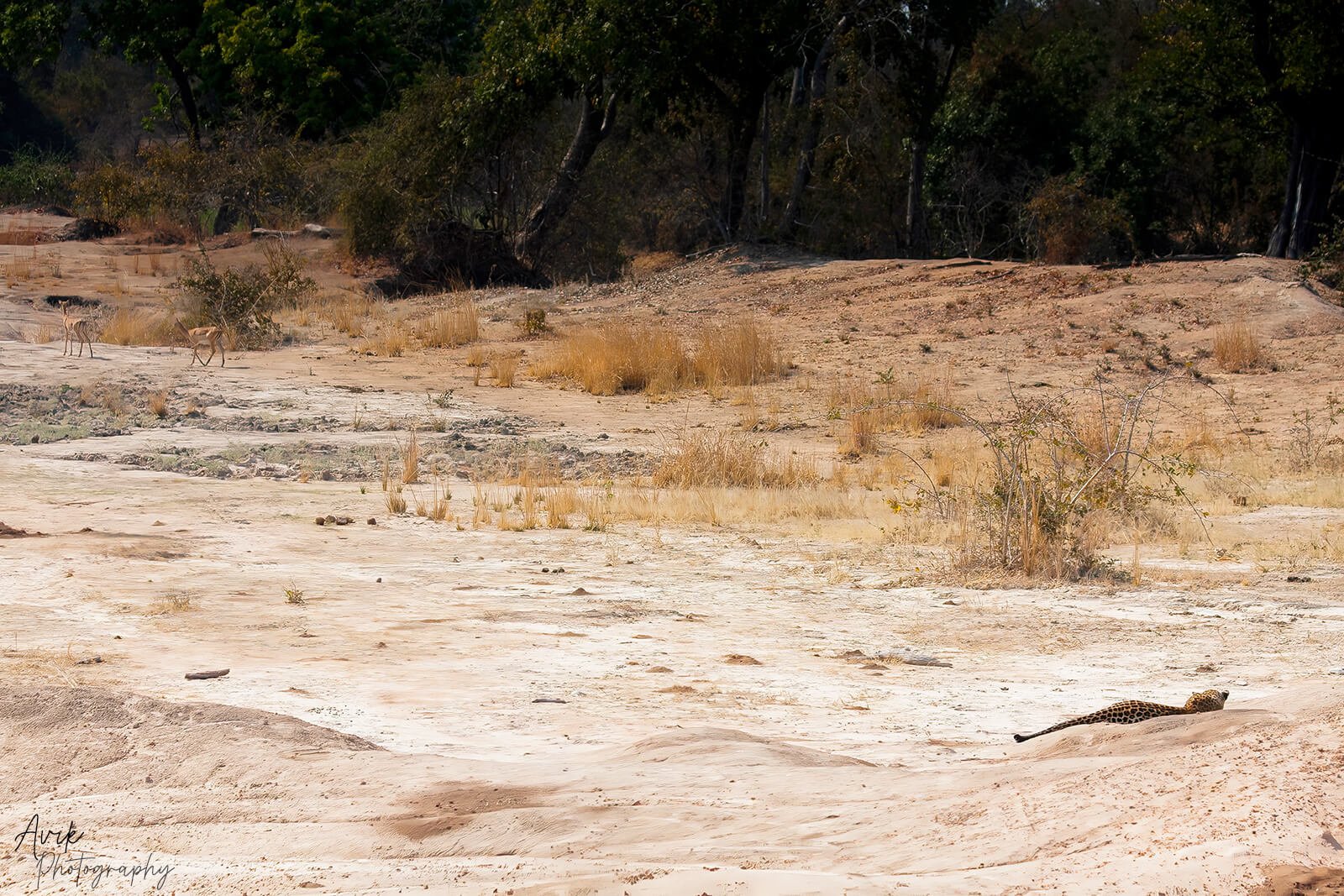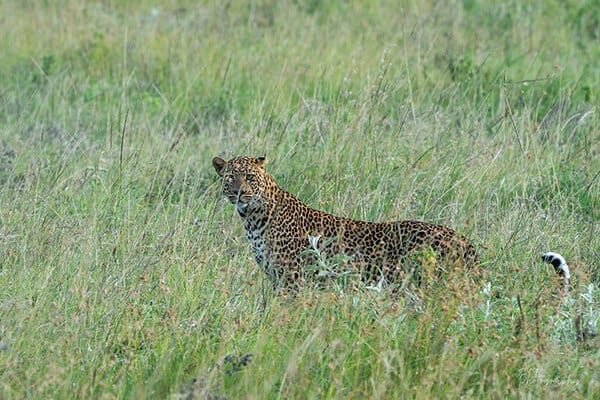
African Leopard
Once distributed throughout Africa, the African Leopard species currently only thrives in limited parts of Africa. Although genetically all African leopard populations are generally closely related and represent only one subspecies, namely, Panthera pardus pardus; morphologically they show a great number of geographical variations. The color of their coat varies greatly depending on location and habitat. The coat hue ranges from pale yellow to deep gold or tawny, and occasionally black, and is patterned with black rosettes, with the head, lower limbs, and belly being dotted with solid black. Male leopards are bigger than female leopards, as usual. This feline is quite adaptable, and occupy a diverse range of environments throughout Africa, from high forests to grasslands and savannahs, with the exception of severely sandy deserts. The prey ranges from dung insects to adult elands weighing up to 900 kg; at least 92 prey species have been identified in leopard scat.
Best African Leopard Safari:
Presently, we organize trips in two safari destinations to see African leopard, one in the ever-popular Masai Mara and the other in the South Luangwa NP of Zambia, known as the valley of leopards.

With the highest Leopard density on the African continent, South Luangwa is a heaven for viewing this magnificent cat. Guests are regularly treated to multiple sightings of Leopards of Africa in a single safari. The destination has another added advantage, the night safaris from Sunset until around 8pm when the leopards are the most active and hunting.
Leopard is one of the BIG 5 of Kenya, for which wildlife enthusiasts gather in Masai Mara every year. There are some specific spots favorable for the leopards, as they need to save their kills from lions and hyenas. Rest assured, we focus on this elusive animal while taking you to the safaris of Masai Mara.


